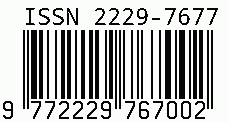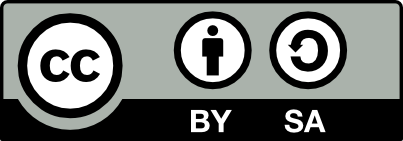
International Journal on Science and Technology
E-ISSN: 2229-7677
•
Impact Factor: 9.88
A Widely Indexed Open Access Peer Reviewed Multidisciplinary Bi-monthly Scholarly International Journal
Plagiarism is checked by the leading plagiarism checker
Call for Paper
Volume 16 Issue 4
October-December 2025
Indexing Partners



















When AI Lies: Deepfake as a Threat to Cybersecurity and Digital Trust
| Author(s) | Ms. Pallavi Yemmireddi, Prof. Madhumitha K |
|---|---|
| Country | India |
| Abstract | Artificial intelligence has advanced rapidly, leading to the development of deepfake technology that can produce highly realistic yet fake audio, video, and images. Deepfakes offer new opportunities for creative work and digital innovation, but they also create serious risks for cybersecurity and digital trust. People can use deepfakes for identity theft, scams, spreading false information, financial crimes, and political manipulation, which can damage both personal privacy and the reputation of organizations. This paper looks at how deepfakes threaten the honesty of digital communication and what this means for cybersecurity, social stability, and trust in online platforms. It also reviews current ways to detect deepfakes, gaps in laws and policies, and the urgent need for better defenses. By showing that deepfakes are both a technological breakthrough and a cyber threat, this study highlights why it is so important to improve digital literacy, detection tools, and cybersecurity strategies to protect digital trust in the age of AI deception. |
| Keywords | Artificial intelligence, Deepfake, Cybersecurity, Digital trust |
| Field | Engineering |
| Published In | Volume 16, Issue 4, October-December 2025 |
| Published On | 2025-11-07 |
| DOI | https://doi.org/10.71097/IJSAT.v16.i4.8699 |
| Short DOI | https://doi.org/g99qnj |
Share this


CrossRef DOI is assigned to each research paper published in our journal.
IJSAT DOI prefix is
10.71097/IJSAT
Downloads
All research papers published on this website are licensed under Creative Commons Attribution-ShareAlike 4.0 International License, and all rights belong to their respective authors/researchers.

